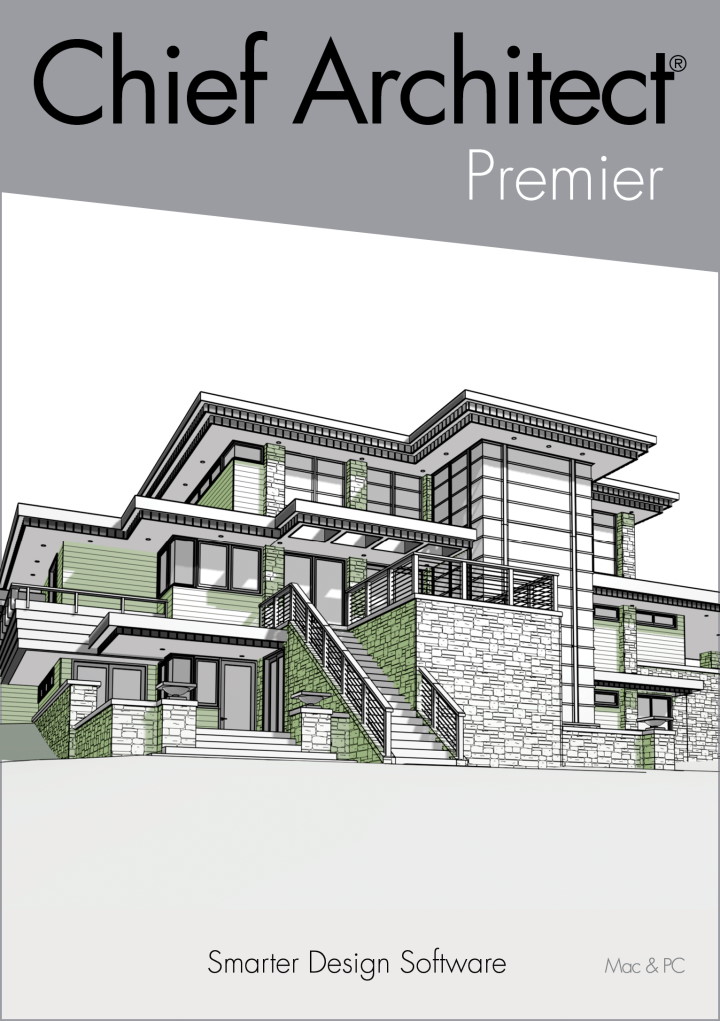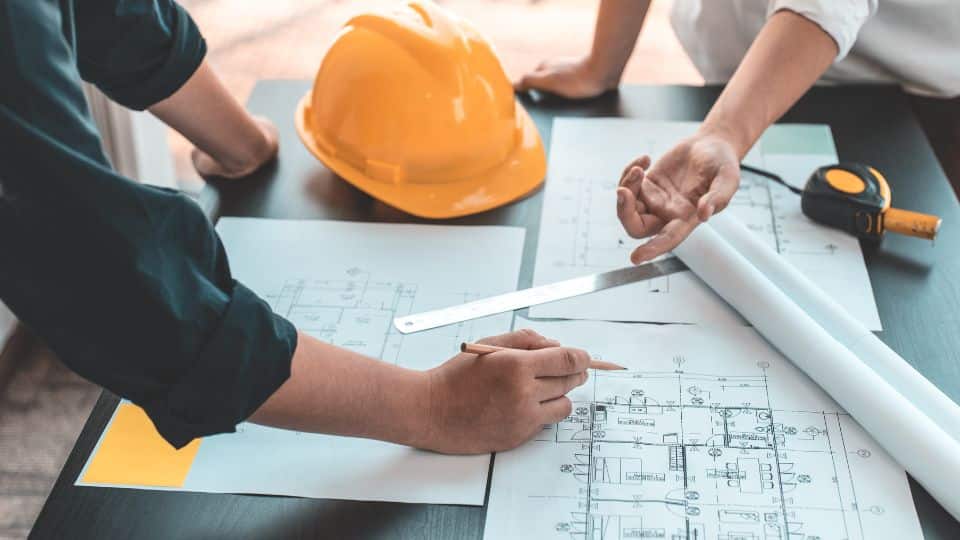Architect Firm Marketing Strategies That Actually Work
Architect Firm Marketing Strategies That Actually Work
Blog Article
Recognizing the Diverse Profession Paths Available for Aspiring Architect
As a hopeful Architect, you have a world of career courses waiting for you. Whether you're drawn to typical design or the subtleties of lasting style, there's a particular niche that straightens with your interests.
Typical Architecture: Creating Frameworks and buildings
Traditional architecture concentrates on creating buildings and frameworks that blend performance with visual appeal. Your styles can reflect social heritage, showcasing neighborhood practices while meeting modern-day needs.
You'll create skills in drafting, model-making, and website evaluation, enabling you to picture and communicate your concepts effectively. Involving with customers, you'll require to understand their vision and equate it right into practical layouts.
Moreover, constructing codes and sustainability methods are crucial in your job, ensuring your frameworks are risk-free and eco-friendly. As you expand in your occupation, you'll locate possibilities in household, business, or perhaps restoration tasks, each offering distinct challenges. Welcoming typical design leads the way for a satisfying occupation that pays homage to the past while shaping the future.
Urban Preparation: Shaping Areas and Public Spaces
As an ambitious Architect, you can play a vital duty as an urban coordinator, transforming just how communities engage and function. By using area interaction techniques, you'll guarantee that homeowners have a voice in shaping their atmosphere. Plus, integrating lasting layout principles will aid develop areas that not just fulfill today's needs however likewise shield the future.
Role of Urban Planners
While numerous may consider designers as the single enthusiasts behind structures, urban planners play a necessary function in shaping the more comprehensive landscape of communities and public spaces. They evaluate land usage, zoning regulations, and neighborhood requires to produce sustainable environments that enhance high quality of life. By working together with various stakeholders, you'll help develop parks, transport systems, and suburbs that advertise social interaction and availability. Urban organizers likewise focus on ecological considerations, guaranteeing that developments incorporate green rooms and assistance biodiversity. Your expertise in spatial design and neighborhood dynamics allows you to picture future development while protecting social heritage. In this essential duty, you'll straight affect how people experience their environments, making every task an opportunity for positive adjustment.
Community Involvement Strategies
Reliable area engagement strategies are crucial for city planners to guarantee that the voices of homeowners are listened to and valued in the preparation process. To foster purposeful discussion, you must focus on open forums and workshops where community members can express their ideas and worries. By proactively including and paying attention responses, you'll produce spaces that reflect the neighborhood's needs, eventually leading to more successful and sustainable city environments.
Lasting Design Concepts
When making city spaces, integrating lasting design concepts is vital for creating atmospheres that prosper both environmentally and socially. You ought to start by concentrating on power effectiveness, making use of materials that minimize waste and promote recycling. Take into consideration integrating environment-friendly rooms, like yards and parks, to improve biodiversity and improve air top quality. Promoting walkability and public transportation can decrease reliance on automobiles, cultivating a much healthier community.
Designing with water conservation in mind is likewise vital-- think concerning rain gardens and absorptive surfaces to manage stormwater. Involving community members during the preparation procedure guarantees that the areas you produce meet their requirements and urge social interaction. By welcoming these concepts, you'll add to dynamic, sustainable metropolitan landscapes that profit every person.

Landscape Design: Creating Lasting Exterior Environments
As you discover landscape style, you'll find essential style principles that create useful and lovely outdoor areas. Sustainable techniques play a vital function in making certain these atmospheres flourish while reducing environmental influence. Plus, you'll locate a variety of career chances that enable you to make a genuine difference in exactly how people engage with nature.
Design Concepts in Landscape
Recognizing design concepts in landscape design is important for producing lasting outside settings that balance with nature. You'll need to ponder components like balance, scale, and proportion to guarantee your designs feel cohesive and inviting. Including native plants not only improves biodiversity yet likewise lowers water usage, making your landscape resilient. Consider the circulation of space and just how individuals interact with it; pathways and seating locations should welcome exploration and leisure. Furthermore, pay focus to seasonal adjustments, designing with products that complement the environments year-round (Architect). By focusing on sustainability and aesthetics, you can create outside spaces that enhance the community and promote health. Embracing these principles will certainly set a solid structure for your job in landscape style.
Sustainable Practices Overview
Sustainable practices in landscape style not just concentrate on appearances yet also prioritize eco-friendly health and resource conservation. By integrating indigenous plants, you boost biodiversity and reduce the requirement for chemical fertilizers and chemicals. Carrying out efficient watering systems helps conserve water and decreases overflow, securing neighboring environments. You can create spaces that advertise dirt health and wellness, such as using natural products and exercising permaculture principles. Additionally, incorporating eco-friendly framework, like rain yards and permeable pavements, help in stormwater administration and decreases urban warmth. When you develop outdoor settings with sustainability in mind, you add to a healthier earth and provide areas that foster community link. Inevitably, these practices guarantee your designs benefit both individuals and the environment for several years to find.
Profession Opportunities Expedition
With a strong structure in lasting methods, landscape architecture offers a range of career paths that enable you to make a meaningful impact on the atmosphere. Urban organizers often work together with landscape architects to produce eco-friendly areas in city setups, boosting city livability. If you're enthusiastic concerning education, consider ending up being a landscape style teacher, motivating future generations.
Sustainable Layout: Concentrating on Eco-Friendly Practices
As you discover your occupation in architecture, embracing eco-friendly practices can set you apart in an affordable field. Lasting layout concentrates on developing buildings that lessen environmental effect while boosting owner health. By incorporating renewable materials, energy-efficient systems, and sustainable structure methods, you'll add to a greener future.
Begin by acquiring knowledge of environment-friendly accreditations like LEED or BREEAM, which can reinforce your credentials. Think about exactly how natural light, air flow, and thermal performance can optimize design. Collaborate with designers and ecological professionals to innovate solutions that lower waste and conserve resources.
Do not neglect the relevance of neighborhood participation-- appealing regional stakeholders can influence layouts that harmonize with the atmosphere. As clients significantly prioritize sustainability, your know-how in environment-friendly techniques will not only draw in tasks however additionally accomplish your passion for accountable architecture. Embrace this critical element of the profession, and view your career grow.
Historic Preservation: Safeguarding and Bring Back Cultural Heritage
While you begin on your building trip, take into consideration the necessary function of historical preservation in preserving our cultural heritage. This field focuses on the defense and restoration of significant buildings, websites, and structures that inform the stories of our past. By taking part in see this website historic conservation, you'll aid safeguard the building heritage that shapes area identification.
As a historic preservation Architect, you'll assess historic significance and analyze the condition of frameworks. You'll function closely with chroniclers and guardians to ensure authentic remediation techniques are used. This job path allows you to mix creative thinking with research study, allowing you to develop remedies that value initial products and craftsmanship.
Your job not only adds to sustainability by reusing existing structures however likewise promotes a sense of satisfaction within areas. Embracing this path will help you come to pop over here be a guardian of background, protecting the stories and aesthetic appeals that enrich our lives.
Interior Architecture: Enhancing Indoor Spaces
Historical conservation and interior style both share a dedication to improving the developed environment, but they concentrate on various aspects. While historic preservation stresses preserving a structure's historic and cultural worth, interior style zeroes in on optimizing interior rooms for performance and aesthetic appeals.
As an aspiring Architect, you'll locate that interior style permits you to mix imagination with technical skills. You'll design spaces that not only look great yet additionally advertise comfort and efficiency. This area entails understanding how light, shade, and products interact within a room, influencing mood and functionality.
You'll work on different jobs, from household homes to business workplaces, guaranteeing that each atmosphere fulfills the requirements of its owners. By focusing on user experience, you can transform interiors into functional and inspiring rooms, making a considerable effect on just how individuals engage with their surroundings. Welcome the chance to improve indoor settings and shape the way people live and work.
Industrial Style: Merging Functionality With Aesthetic Appeals
Commercial style plays an important duty in creating items that effortlessly mix appearances with capability, making sure that what you use day-to-day is not just aesthetically attractive but also practical. As an aspiring Architect, you can immerse yourself in this area, concentrating on creating everything from furnishings to consumer electronics. Your job entails understanding user needs, products, and manufacturing procedures, allowing you to produce cutting-edge remedies that improve day-to-day experiences.
In industrial style, you'll often work together with manufacturers, designers, and marketing professionals, making sure that your layouts are not just stunning but additionally practical. You'll find out to stabilize type and function, focusing on use without giving up design. By refining your abilities in mapping out, 3D modeling, and prototyping, you'll be fully equipped to bring your ideas to life. This profession path offers a vibrant atmosphere where creativity fulfills practicality, making it a rewarding choice for designers thinking about forming the products of tomorrow.
Frequently Asked Inquiries
What Educational Certifications Do I Need to Become a Designer?
To become a designer, you'll need an expert degree in style, typically a Bachelor's or Master's. Additionally, you'll have to complete an internship and pass the Architect Registration Examination to exercise lawfully.
Are There Accreditation Needs for Different Architectural Career Paths?
Yes, there're qualification demands for various architectural paths. Architect. You'll require to pass exams, read complete teaching fellowships, and sometimes go after specialized training, relying on your picked focus, like landscape architecture, urban style, or historic preservation
What Software Program Skills Are Important for Designers Today?

How Can I Gain Practical Experience While Examining Design?
You can obtain useful experience by interning at building firms, joining design competitions, offering for community jobs, or teaming up with schoolmates on real-world projects. These possibilities enhance your abilities and build valuable links in the sector.
What Work Opportunities Exist Outdoors Conventional Design Firms?
You can check out various work possibilities outside traditional architecture firms, like urban planning, interior decoration, landscape design, building monitoring, property advancement, and even duties in sustainability consulting. Each offers distinct difficulties and incentives.
Whether you're attracted to typical style or the subtleties of lasting style, there's a specific niche that straightens with your passions.When developing metropolitan rooms, integrating lasting design principles is crucial for producing settings that thrive both ecologically and socially.As you explore landscape style, you'll uncover essential layout concepts that produce gorgeous and practical outdoor spaces.Understanding style concepts in landscape architecture is vital for developing sustainable outdoor settings that harmonize with nature.In industrial design, you'll often work together with designers, manufacturers, and marketers, making certain that your designs are not just gorgeous but also possible.
Report this page